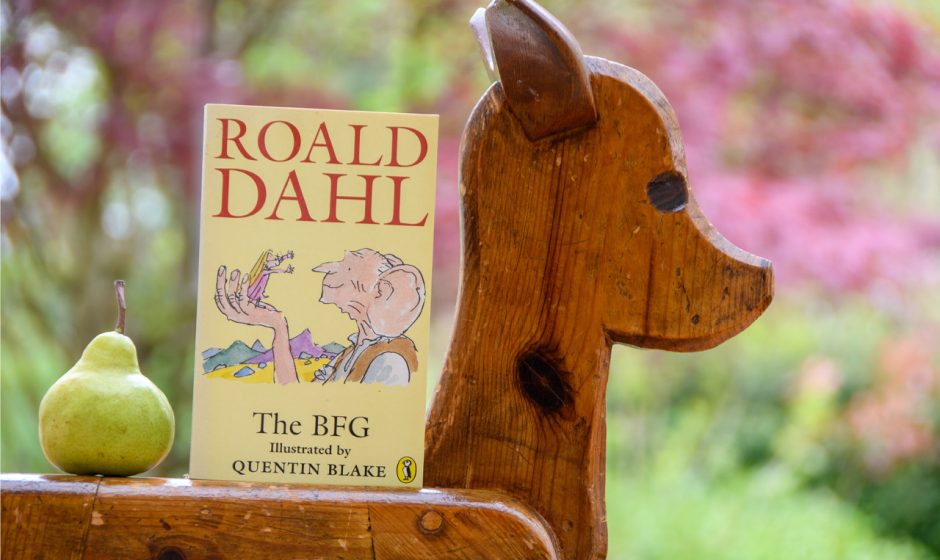In the enchanting world of children’s literature, there are few names as revered and cherished as Roald Dahl. From the mischievous Willy Wonka to the brave Matilda, Dahl’s iconic characters have captured the hearts and imaginations of readers for generations. As we reflect on the enduring popularity of Dahl’s works, it becomes clear that his genius lies not only in his captivating storytelling but also in his deep understanding of the universal themes and emotions that resonate with readers of all ages.
One of the most compelling reasons why Roald Dahl’s works should never be tampered with is their timeless nature. Despite being written decades ago, Dahl’s stories continue to feel fresh, relevant, and impactful. Whether it’s the timeless lessons on kindness and courage in “The BFG” or the empowering message of standing up to bullies in “The Witches,” Dahl’s narratives possess a universality that transcends the constraints of time and space. By altering or tampering with his original works, we risk diluting the magic and charm that have made Dahl’s stories stand the test of time.
Another key factor in preserving the integrity of Roald Dahl’s works is the unique blend of dark humor, wit, and whimsy that defines his writing. Dahl had a gift for balancing the light and dark elements in his storytelling, creating a rich tapestry of emotions and experiences for readers to savor. His stories are not merely fairy tales but complex narratives that explore the complexities of human nature, morality, and society. By altering the tone, language, or content of his works, we risk losing the delicate balance that makes Dahl’s writing so special and captivating.
Furthermore, Roald Dahl’s works have had a profound impact on generations of readers, sparking their imaginations, instilling a love of reading, and teaching valuable life lessons along the way. Many of us have fond memories of reading “Charlie and the Chocolate Factory” or “James and the Giant Peach” as children, and these stories have left an indelible mark on our hearts and minds. By altering or censoring Dahl’s works, we not only deprive future generations of the joy and wonder of his storytelling but also fail to honor the legacy of one of the greatest children’s authors of all time.
In conclusion, Roald Dahl’s works are a testament to the enduring power of storytelling and the boundless imagination of the human spirit. As we continue to celebrate and cherish his legacy, let us remember the importance of preserving his works in their original form. Let us resist the urge to tamper with Dahl’s timeless magic and instead embrace the whimsy, wit, and wonder that have enchanted readers of all ages for generations to come.



